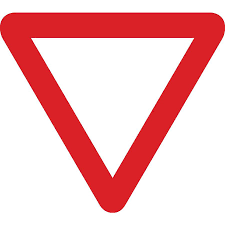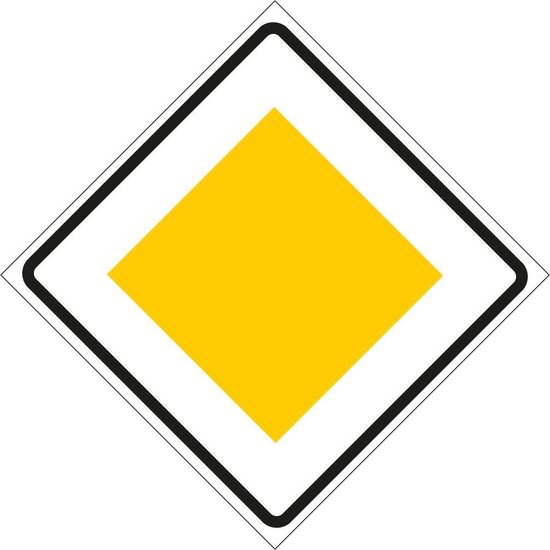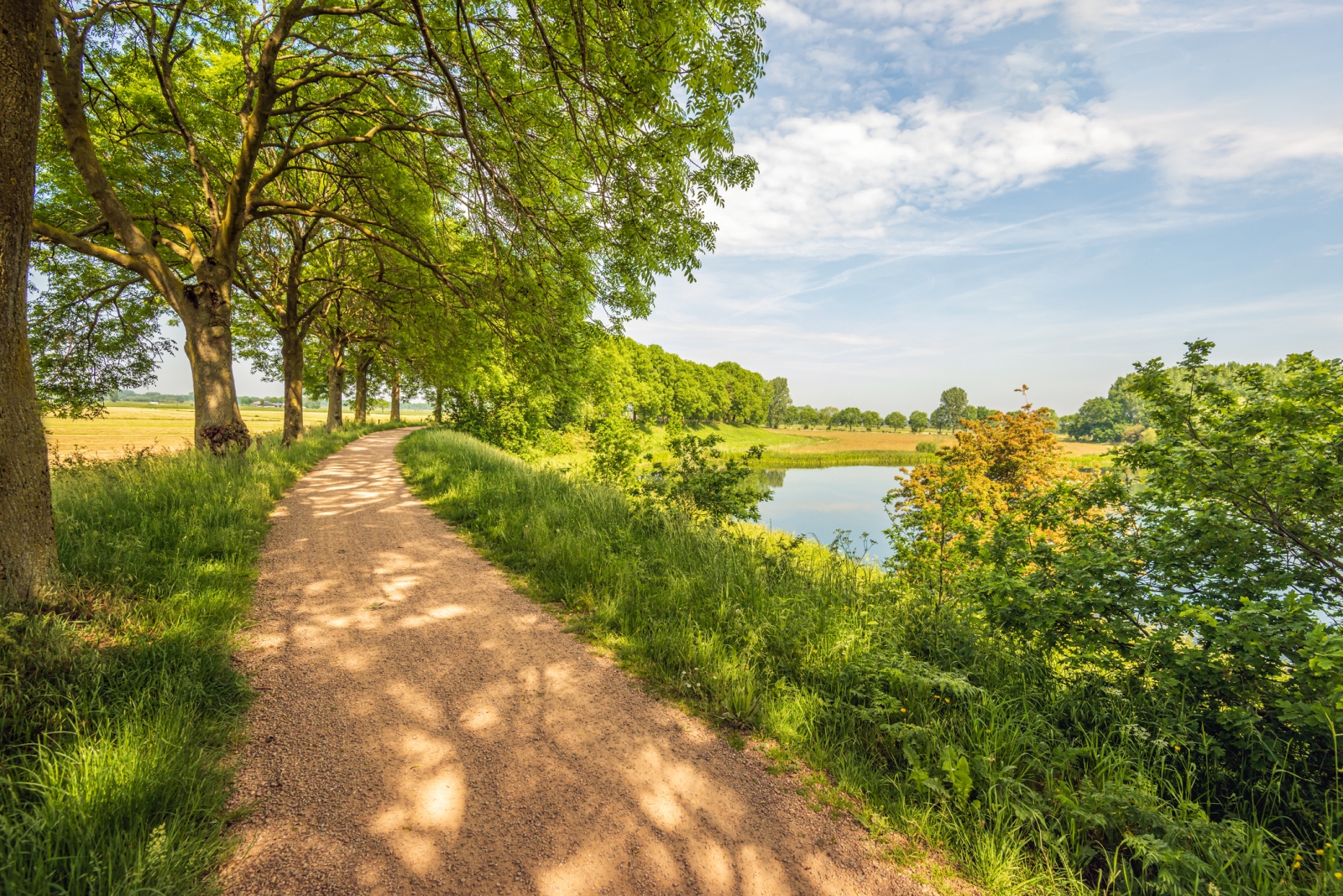What about right of way and unpaved roads?
What about it?
Clear rules, but what is a dirt road and what is not? Who are also directors and who are not? What is an equivalent intersection again?
Unpaved road
We don’t encounter them often in the Netherlands anymore, as almost all roads are paved. But the name says it all: unpaved roads do not have a paved road surface and are therefore made of or created on sand, clay, gravel, wood chips and the like.
Paved road
Paved roads have a road surface of stone, asphalt and/or concrete. That’s how we’re used to it, so the priority rule regarding unpaved roads may have faded a bit in our memory.
Equivalent intersection
If there is no priority road on which the right of way is regulated by road signs, but there is an intersection, then it is an equal intersection. It is not marked with right of way signs. Driving, you cannot immediately judge whether traffic approaching from the right – which normally has the right of way – is driving on a dirt road. Therefore, it is a good thing that the driver on the unpaved road must give way anyway. After all, the latter knows exactly what kind of road he is driving on. The driver on the paved road may trust that he has the right of way if he has it.
Director
Article 1 of the RVV’s definitions states that drivers are all road users except pedestrians. Pedestrians therefore have no right of way, even if you, the driver, are coming from an unpaved road.
Intersection with one unpaved road
We’ll put your imagination to the test: imagine driving on a dirt road and arriving at an intersection with a paved road and the road opposite the dirt road is also paved. You and an oncoming driver both want to go in the same direction, in front of you to the right. Then you have the right of way because you make the shortest turn. If you both want to go the other way, i.e., left in front of you, then the other driver has the right of way because they will be making the shortest turn.
If, in the same situation, you want to go straight ahead and the oncoming car wants to turn and cross your direction of travel, you do have priority, because traffic going straight ahead has priority over oncoming traffic.
Right of way
When you drive on a priority road, you know it is a priority road, because a priority road is indicated by sign B1, a yellow diamond in a white square with a black border around it. Inside built-up areas that sign is before the intersection, outside it is after it. On the side roads, where the traffic must give way, there is sign B6 (vertical white triangle with red border) or B7 (the octagonal red sign with the text STOP).



Right of way intersection
An ordinary priority intersection can be recognized by road sign B3 (triangular sign with red border and a thick vertical arrow with narrow horizontal line for the side road or roads). Those coming from the side road and needing to yield the right of way will encounter sign B6 or B7.
Also read:

